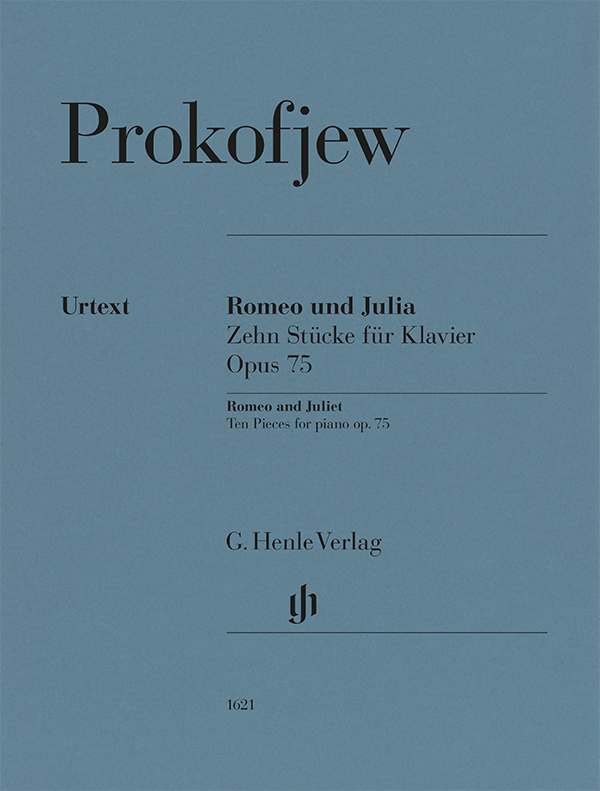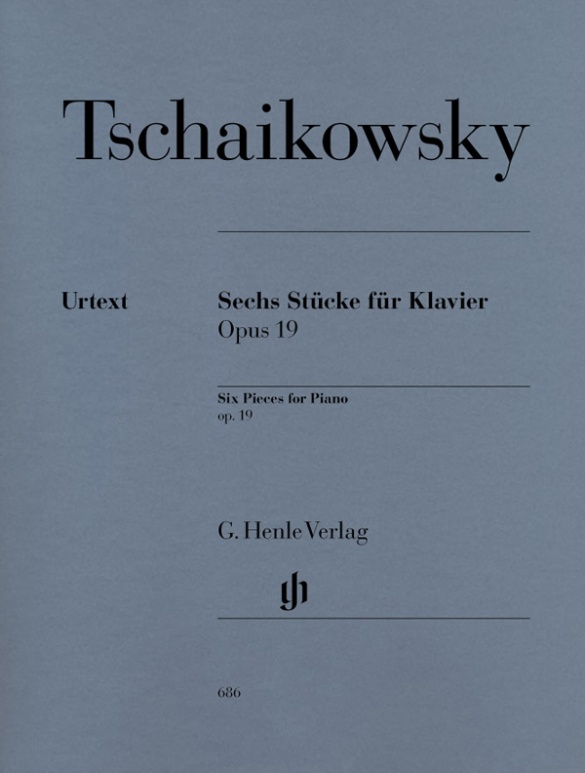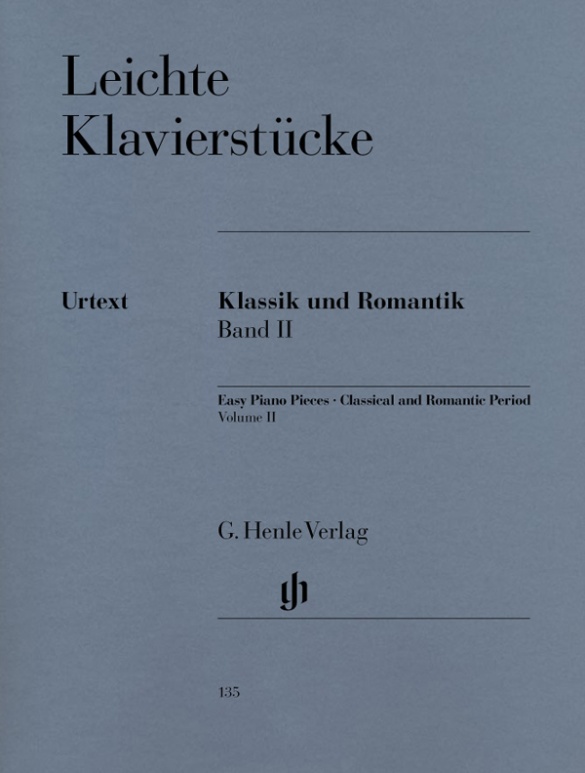Sergei Prokofiev
Romeo and Juliet op. 75
Selections of individual numbers or scenes from large-scale stage works have always been a tried and tested means of making operas or incidental music accessible to a wider audience. Thus, even before the premiere of his ballet music to Shakespeare’s “Romeo and Juliet” in Brno in 1938, Prokofiev put together two orchestral suites as well as a collection of ten piano pieces. Although the piano arrangement has to do without the richness of colour of the original orchestral sound, its powerful fundamental tone gives it its own unique appeal. The stylistic spectrum ranges from sensitive cantilenas to waves of sound with an impressionistic feel and garish cascades of chords. Impressive portraits and distinctive scenes such as Romeo’s farewell to Juliet bring Shakespeare’s poetry to life, and the famous no. 6, “The Montagues and Capulets”, is of course a must!
Henle presents the first Urtext edition of the pieces – unquestionably a welcome addition to the Prokofiev titles in the blue covers. The fingerings are by Julius Asal, who made this piano cycle the centrepiece of his well-received debut recording.
Content/Details
About the Composer
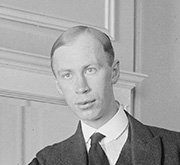
Sergej Prokofjew
Together with Shostakovich, Prokofiev is the Soviet Union’s most important composer. He left behind a
wide-ranging oeuvre from the most modern to neo-classically simple works, from
propagandistic commissions to compositions that the CPSU rejected as being formalistic.
| 1891 | Prokofiev is born on 23 April in Sontsovka (Ukraine), the son of a farmer. |
| 1904–14 | He studies at the St. Petersburg Conservatory. |
| from 1908 | He is a member of the circle around Serge Diaghilev, who occupies himself intensively with contemporary music. |
| 1911–18 | Avantgarde compositions such as Sarcasms, the Piano Concertos nos. 1 and 2, “Visions fugitives”, “Scythian Suite” are dismissed as being futuristic. |
| 1916–17 | The “Symphonie Classique”, drawing on classical models, brings him international renown. |
| 1918 | Prokofiev leaves the Soviet Union and travels to the USA, where his opera “The Love for Three Oranges” is performed in Chicago, and then travels to Paris in 1922. He enjoys a close cooperation with Diaghilev and writes ballet compositions. |
| 1919–23 | He composes the opera “The Fiery Angel”, which receives its first performance posthumously in Venice in 1954. |
| 1923–25 | The composer continues to develop his avantgarde musical language, for instance in the 2nd Symphony. |
| 1927 | He enjoys a successful concert tour around the Soviet Union. |
| 1929 | “The Gambler” is premiered in Brussels. |
| 1936 | Prokofiev returns to his home country. He writes compositions in line with the cultural ideology of the Soviet Union. He turns towards a simpler music as early as the beginning of the 1930s. “Peter and the Wolf” is composed. |
| 1946 | “The Engagement in the Monastery” is performed in Prague and “War and Peace” in Leningrad. |
| 1948 | He is accused of formalism. |
| 1953 | Prokofiev
dies on 5 March in Moscow. |
Product Safety Informations (GPSR)
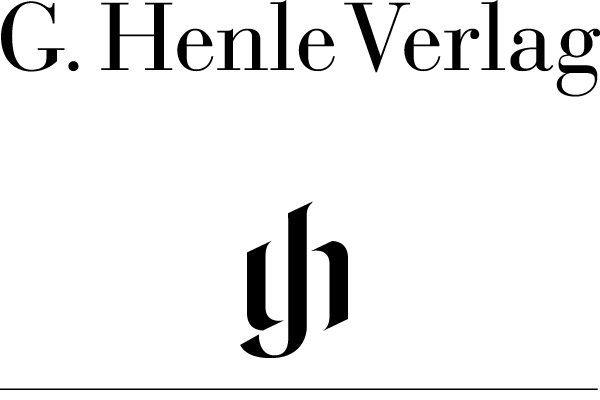
G. Henle Verlag
Here you can find the information about the manufacturer of the product.G. Henle Verlag e.K.
Forstenrieder Allee 122
81476 München
Germany
info@henle.de
www.henle.com
recommendations
autogenerated_cross_selling
Further editions of this title
Further editions of this title


